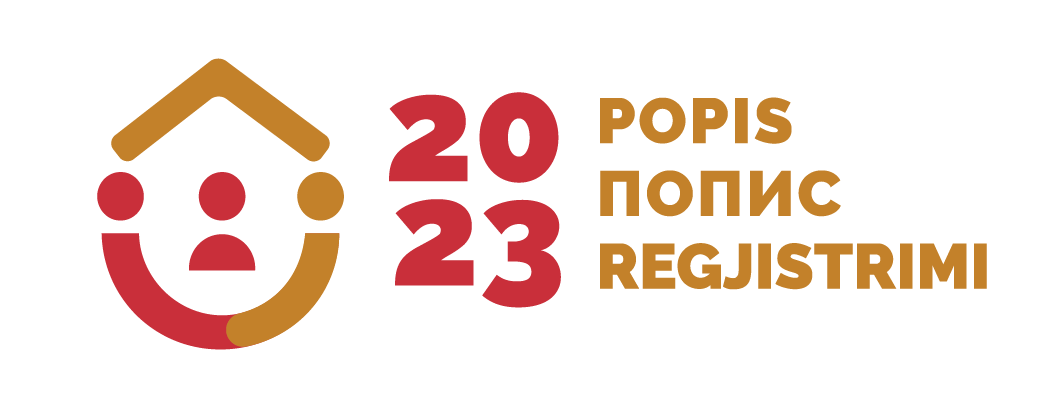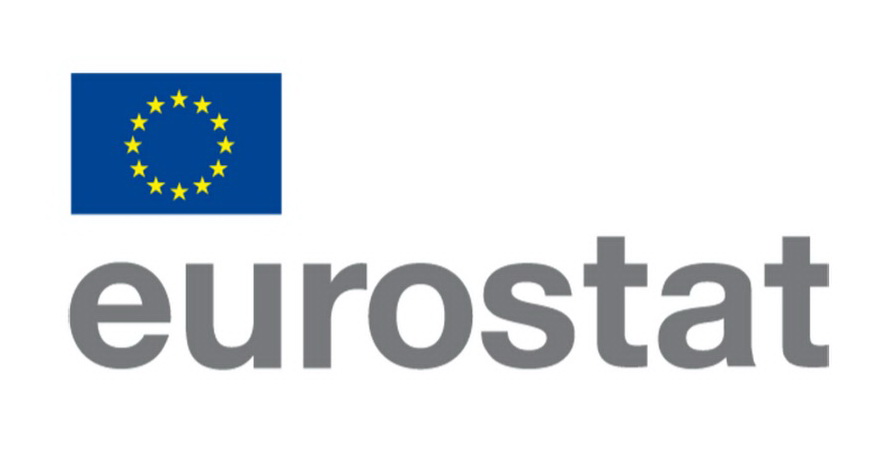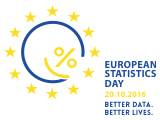| General description | |
| Full title: | The International Classification of Crime for Statistical Purposes |
| Abbreviation: | ICCS |
| Authority: | UNODC - United Nations Office on Drugs and Crime |
| Legal basis: | The Statistical Commission UN - decision 44/110/2013, The Economic and Social Council UN - resolution 2013/37. |
| Implementation date: | 2022 |
| Structure: |
Criminal offences can be grouped in homogenous categories, which are aggregated at four different hierarchical levels: Levels 1, 2, 3 and 4. There are 11 Level 1 categories designed to cover all acts that constitute a crime within the scope of the ICCS. Level 1 may also be referred to as Sections, Level 2 as Divisions, Level 3 as Groups and Level 4 as Classes. |
| Detailed description: | The International Classification of Crime for Statistical Purposes (ICCS) is a hierarchical framework that systematically groups and organizes criminal offences. The Classification is based on internationally agreed concepts, definitions and principles in order to enhance the consistency and international comparability of crime statistics. International statistics on crime and criminal justice are based on official, aggregated data from administrative sources. Annual data, for Eurostat / UNODC, are collected by MONSTAT from the competent institutions: The Police Directorate, the Secretariat of the Judicial Council, the Supreme State Prosecutor's Office and the Directorate for the Execution of Criminal Sanctions. The application of the International Classification of Crime for Statistical Purposes (ICCS) and the mapping of national criminal offences (Criminal Code of Montenegro) according to the ICCS is very important in order to report to international institutions on crime statistics harmonized with the ICCS classification. The application of the classification ensures the international comparability of crime statistics.
|
| Linked classifications: | National classification |
| Main statistical applications: | Statistics of education, culture and justice. |
| Publication: |
|
| Link to webpage: | www.monstat.org/eng |
| Tables: | The mapping of national criminal offences (Criminal Code of Montenegro) according to the ICCS |







